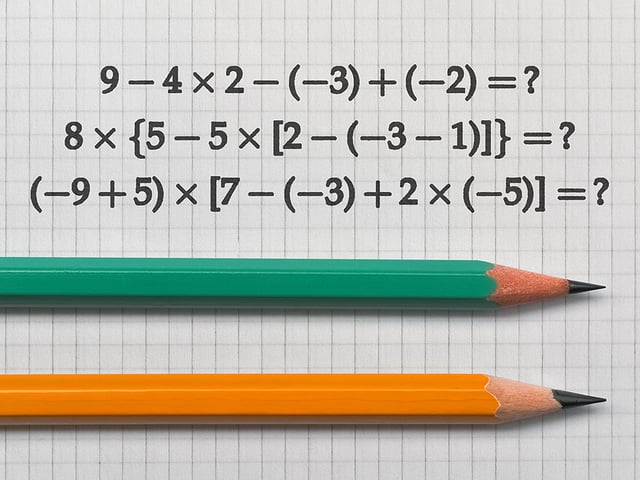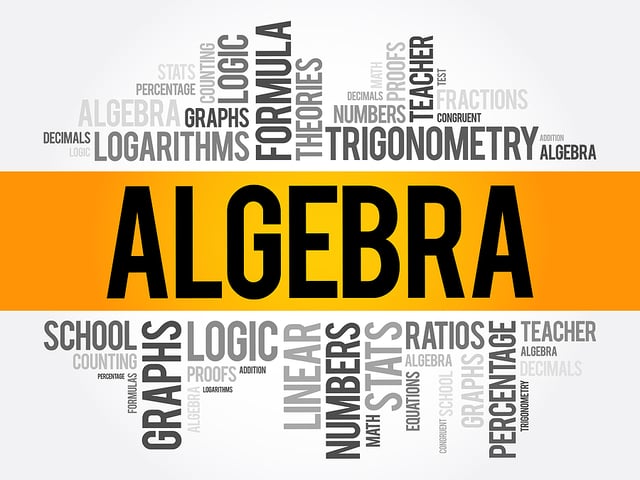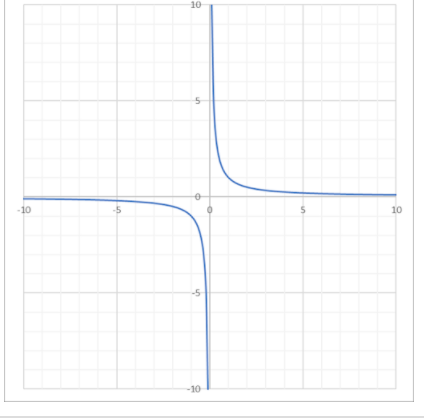
Formula Chart for Numbers and Operations on the SBAC Test
Most people say that Math is hard for them. Does this sound like you? Are you wondering how to ace the SBAC Test? Well,
Math is like music: a set of rules that, when applied correctly, create beauty.
Do you want to succeed on the SBAC Test? You’ll need to know the rules. In the following chart, you’ll find the essential rules you’ll need to apply when solving Numbers and Operations Questions on the SBAC Test. Use the rules and create your own “math music.”
Also, be sure and utilize our four other formula charts as you prepare for this test:
Numbers and Operations Formulas for the SBAC
| Category | Formula | Symbols | Comment |
|---|---|---|---|
| Properties of Rational Numbers |
\(a+b=b+a\) \(a \cdot b = b \cdot a\) |
a, b = any constant or variable | Commutative Property |
| Properties of Rational Numbers |
\(a+(b+c)=(a+b)+c\) \(a \cdot (b \cdot c)=(a \cdot b) \cdot c\) |
a, b, c = any constant or variable | Associative Property |
| Properties of Rational Numbers |
\(a \cdot (b+c)=a \cdot b + a \cdot c\) | a, b, c = any constant or variable | Distributive Property |
| Properties of Rational Numbers |
\(a+0=a\) | a = any constant or variable | Identity Property of Addition |
| Properties of Rational Numbers |
\(a \cdot 1 = a\) | a = any constant or variable | Identity Property of Multiplication |
| Properties of Rational Numbers |
\(\dfrac{a}{b} + \dfrac{c}{d} = \dfrac{(a \cdot d)+(c \cdot b)}{(b \cdot d)}\) | a, b, c, d = any real number | Remember to simplify the fraction if possible. |
| Properties of Rational Numbers |
\(\dfrac{a}{b} \cdot \dfrac{c}{d}=\dfrac{a \cdot c)}{(b \cdot d)}\) | a, b, c, d = any real number | Remember to simplify the fraction if possible. |
| Properties of Rational Numbers |
\(\dfrac{a}{b} \div \dfrac{c}{d}=\dfrac{a \cdot d)}{(b \cdot c)}\) | a, b, c, d = any real number | Remember to simplify the fraction if possible. |
| Properties of Rational Numbers |
\(a\dfrac{b}{c}=\dfrac{(a \cdot c)+b}{c}\) | a, b, c = any real number | Remember to simplify the fraction if possible. |
| Properties of Exponents |
\(x^a \cdot x^b = x^{a+b}\) |
a, b, x = any real number |
Remember to simplify the fraction if possible. |
| Properties of Exponents |
\(\frac{x^a}{x^b}=x^{a-b}\) |
a, b, x = any real number |
|
| Properties of Exponents |
\((x^a)^b = x^{a \cdot b}\) |
a, b, x = any real number |
|
| Properties of Exponents |
\((x \cdot y)^a = x^a \cdot y^a\) |
a, x, y = any real number |
|
| Properties of Exponents |
\(x^1 = x\) |
x = any real number |
|
| Properties of Exponents |
\(P=(2 \cdot l)+(2 \cdot w)\) | x = any real number |
|
| Properties of Exponents |
\(x^{-a} = \frac {1}{x^a}\) |
a, x = any real number |
|
| Percentages | \(a \cdot b\%=a \cdot \dfrac{b}{100}\) |
a = any real number b% = any percent |
Remember to simplify if possible. |
| Percentages | \(\% = \dfrac{\vert b-a \vert}{b} \cdot 100= \dfrac{c}{b} \cdot 100\) |
% = % increase or decrease a = new value b = original value c = amount of change |
|
| Units | \(Du=Su \cdot \dfrac{Du}{Su}=Su \cdot CF\) |
Du = Desired Unit Su = Starting Unit CF = Conversion Factor |
Multiple steps may be needed |
Keep Reading

Smarter Balanced Assessment Consortium Blog
Formula Chart for Algebra on the SBAC Test
Have you ever painted by number? It’s probably the easiest way to paint…

Smarter Balanced Assessment Consortium Blog
Formula Chart for Geometry on the SBAC Test
Geometry is literally everywhere! It’s in the shape of the stars and pl…

Smarter Balanced Assessment Consortium Blog
Formula Chart for Functions on the SBAC Test
Functions are like tiny math machines: You feed them numbers and they g…